You’ve probably been to countless history, art, and science museums throughout your life, and by now some of them seem to be just one big blur in your memory. Maybe you were forced into going for school, or you went because most museums are free and you don’t have the funds to go to an amusement park instead. If you thought your days of museum scouring were over, think again. Because these food museums celebrate the one thing you love with all your heart: good eats.
1. Museum of Ice Cream (New York, New York)
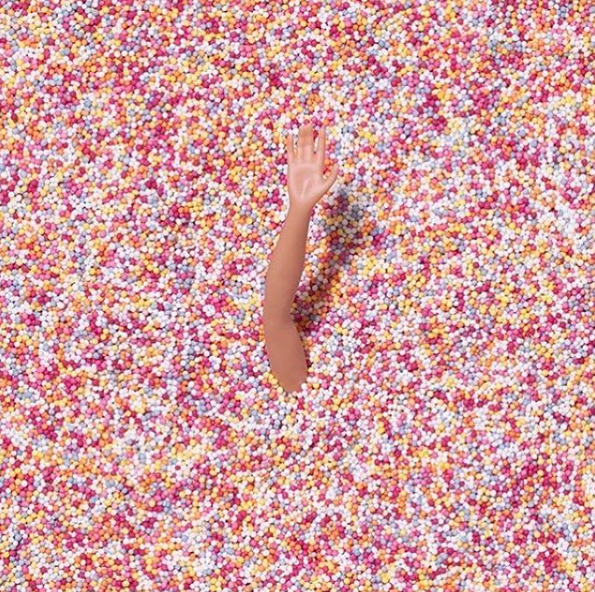
Photo courtesy of @museumoficecream on Instagram
You scream, I scream, we all scream for ice cream—The Museum of Ice Cream that is. What better way to escape the unbearable humidity of summer than a visit to this sweet establishment, featuring a swimmable pool of sprinkles, an immersive chocolate room, and an ice cream sandwich swing? And of course you’ll get to enjoy some ice cream while you’re there too, courtesy of Dr. Irwin Adam, a food futurist and scientist.
There’s also a Scoop of the Week attraction, which brings in some of NYC’s most beloved ice cream spots, like Black Tap, OddFellows Ice Cream Co., and more.
#SpoonTip: The museum is only open until August 29, so get your tickets before your chance of swimming in a pool of sprinkles melts away.
2. Colman’s Mustard Shop and Museum (Norwich, England)
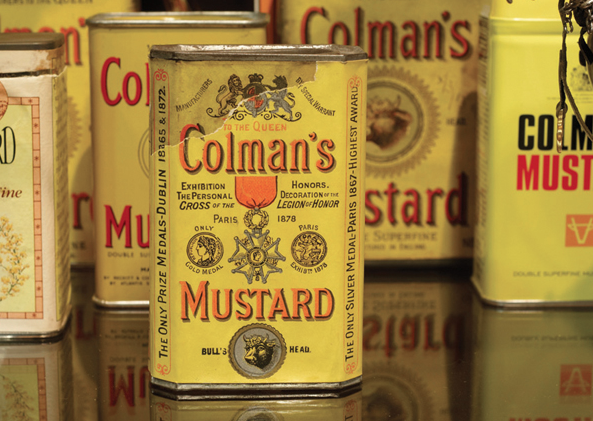
Photo courtesy of littletreasuresofbritain.com
While mustard is not my personal condiment of choice, all you mustard lovers out there would certainly enjoy Colman’s museum. The museum has been open since 1973, and has become one of the city’s most popular attractions. A visit to Colman’s will teach you how Jeremiah Colman started his mustard business, show you how Colman’s mustard is made, and let you sample a variety of different mustards.
3. World of Coca-Cola (Atlanta, Georgia)
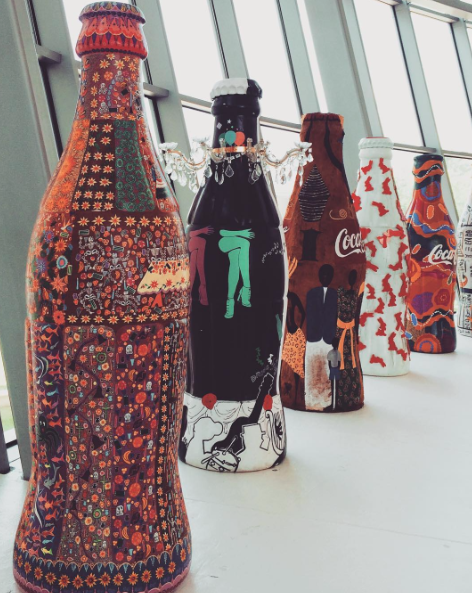
Photo courtesy of @__lauraxx__ on Instagram
What better way to learn about America’s top-selling soda than at the World of Coca-Cola itself? Here you’ll learn about the history of this classic drink, take a peek at the super secret recipe, and view the best of Coca-Cola advertising and artifacts.
The coolest part of the museum, however, has got to be the Sampling Bar, which allows guests to try over 100 international and domestic beverages made by The Coca‑Cola Company. This includes five tasting stations from Africa, Asia, Europe, Latin America, and North America that each offer different drinks unique to that region. I’ve got my eyes on the Sparletta Sparberry from South Africa.
4. Frietmuseum (Bruges, Belgium)
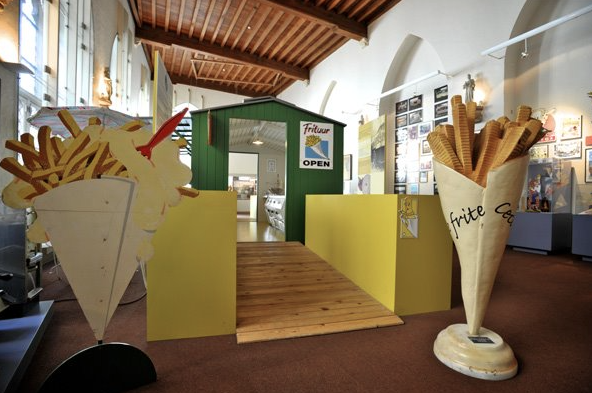
Photo courtesy of Frietmuseum on facebook.com
Frites, fries, no matter how you spell it, they’re still delicious. Most people believe that because of their name, “french fries,” fries are from France, but they’re actually a Belgian invention. Here, you’ll learn more about this as well as where the potato comes from and the secret to making good fries, which is very pertinent information.
The museum is housed in the Saaihalle, boasted as one of the most beautiful buildings in Bruges. In the medieval cellars located in the basement of the building you can sample some of Belgium’s renowned potato fries, and even discover some different condiments for dipping them in.
5. The Chocolate Museum (Cologne, Germany)
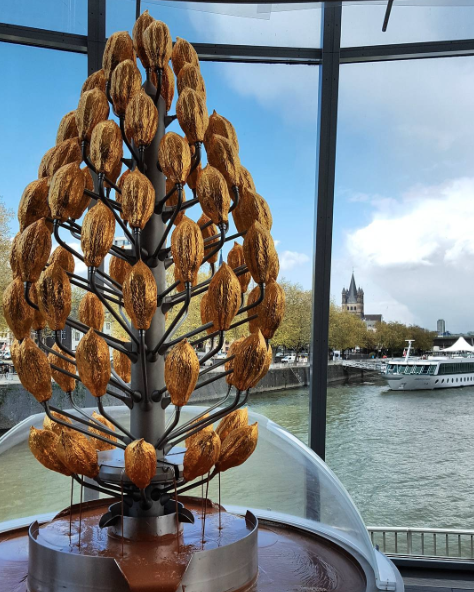
Photo courtesy of @mfnooda_ad on Instagram
Finally, a place where all chocolate addicts can congregate to share their love for all things chocolate. And in Germany, nonetheless, where the chocolate is superb. The museum takes guests through a tropical greenhouse where cocoa is grown and into their production hall that houses a grand fountain filled with Lindt chocolate (and yes, you’re allowed to drink from the fountain). There’s even 30 chocolate vending machines dating back as far as the 1950s.
And what would a chocolate museum be without a chocolate factory? Through glass walls, guests can see the entire process of making chocolate, starting with the cocoa beans and ending with packaging. The museum also features a confectionary where both adults and children can try their hand at crafting their own chocolate creations.
6. Shin-Yokohama Ramen Museum (Yokohama, Japan)
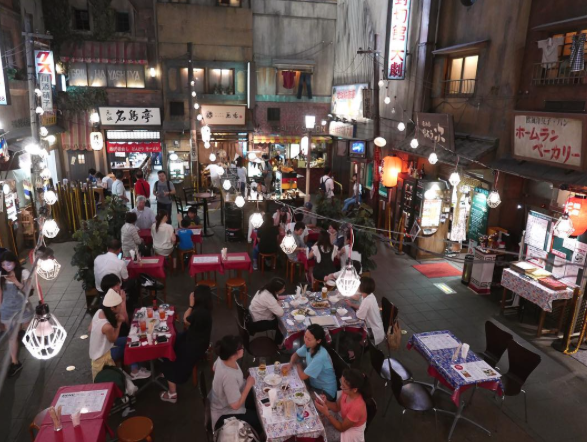
Photo courtesy of @baker_ram on Instagram
Now you can learn about and celebrate all the ramen that got you through so many exams when there was nothing else you could afford to eat.
This museum is a bit different from the more traditional ones previously listed, as it showcases nine renowned ramen shops from all over Japan in a street-scape replication from the year 1958, when ramen was invented. Guests can buy portions of ramen from the shops, and/or make their own version at the “My Ramen” booth. It’s probably way better than the ramen you’re used to.
7. The SPAM Museum (Austin, Minnesota)
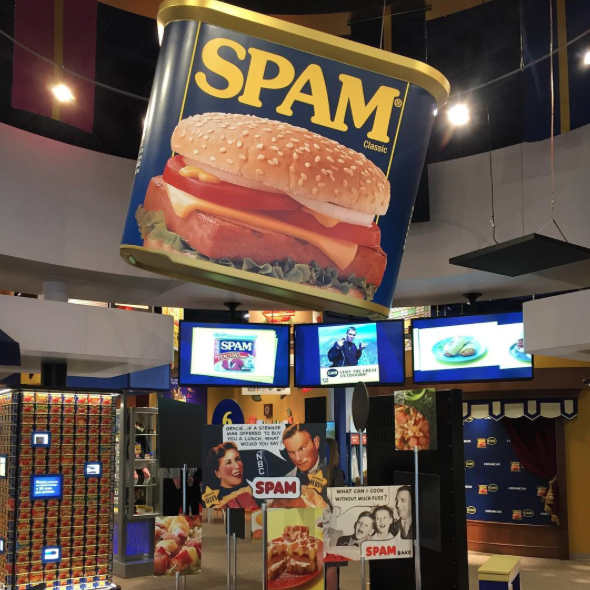
Photo courtesy of @slyjester on Instagram
If you’ve ever wondered just what Spam really is and where it came from, this place is sure to have the correct answer. Here you’ll also find a set of bluegrass instruments made entirely out of Spam cans, a 12-foot Spam rocket, and a Spam wall that’s made of nearly 4,000 old cans.
There’s also tons of interactive games and activities, including the SPAM Game Show and a friendly competition of the assembly of Spam cans. When you’re finished with all the fun, head to the gift shop and don’t forget to take home some “Spamples.”
8. Canadian Potato Museum (Prince Edward Island, Canada)
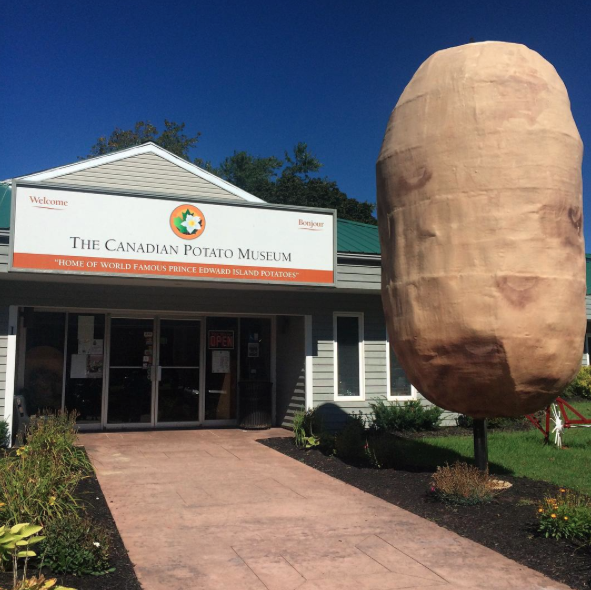
Photo courtesy of @monicdagenais on Instagram
Every fry started out as a young potato. This museum celebrates the roots of those fries, as well as all other things potato. Additionally, it houses the largest collection of farm implements and machinery used for the growing and harvesting of potatoes in the world. On top of that, it’s also got the World’s Largest Potato sculpture (great photo op).
Once you’ve taken a tour of the museum and learned all there is to know about potato history, head to the Tater Kitchen to taste some very appetizing fries.
9. Dr. Pepper Museum (Waco, Texas)
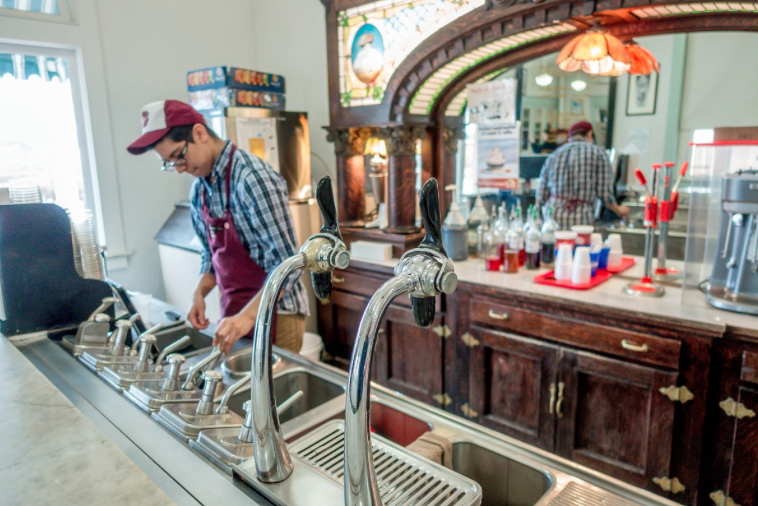
Photo courtesy of traveladdicts.net
Whether you prefer Coke or any other soda over Dr. Pepper, you still definitely need to check this place out. You’ll get to walk through the different places Dr. Pepper was sold throughout the ages, starting with the Old Corner Drug Store. The museum also houses over 100,000 objects relating to Dr. Pepper and other aspects of the soda industry.
And you can’t leave without hitting up the soda fountain like a classic 1900s kid, where workers mix up old-school Dr. Pepper syrup with seltzer for a refreshing and sweet drink.
10. The German Bratwurst Museum (Holzhausen, Germany)
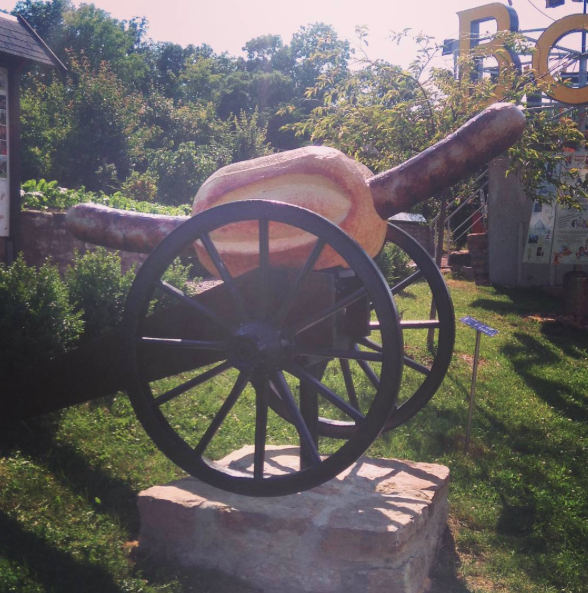
Photo courtesy of @tonihildebrandt on Instagram
The Germans sure do love their sausage, which is a game day and cookout favorite among many Americans as well. The museum provides a history of bratwurst as well as a sculpture park, spice garden, and a wooden statue of a brat.
After you go through the exhibit, try out a real Thuringian bratwurst at the restaurant located next door to the museum. Additionally, there’s a singing contest each year that’s dedicated to praising the widely loved sausage (because the only way to show if you really love something is to sing about it).
11. Southern Food and Beverage Museum (New Orleans, Louisiana)
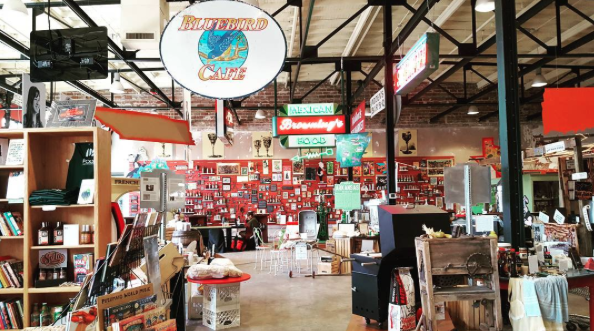
Photo courts of @kizzlemahnizzle on Instagram
Finally, a place that celebrates all the glorious, comforting food of the South. The museum does this through special exhibits, demonstrations, lectures and tastings that showcase the food and drink of the South, including those of African-American, Caribbean, French, and German ethnicities.
Current exhibits include Dirty Pages, which displays photographs of Nashville women’s cherished food memories and recipes, and a commemoration of Tujague’s, the second oldest restaurant in New Orleans. The whole place seems SoFAB to me.
12. The Krakow Salt Works Museum at Wieliczka (Wieliczka, Poland)
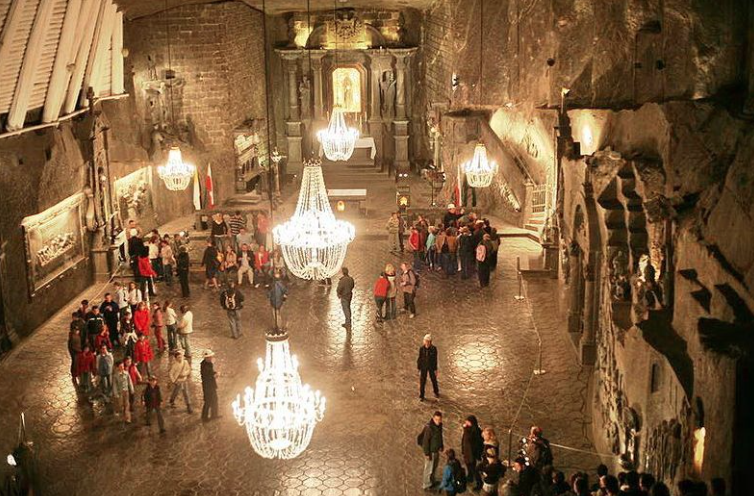
Photo courtesy of krakow.pl
This museum is probably the coolest out of the bunch, in my opinion, because in order to get to it you must walk through a salt mine. It also contains a collection of horse-drawn winches, railroads, and the silver horn of the Brotherhood of Diggers from 1534, which is a symbol of the mine’s riches and considered one of the most valuable articles in the museum.
In addition to the museum, the salt mine also features an underground salt lake, a sanatorium and spa, and a chapel carved entirely out of salt. The only thing I’m salty about is that I don’t live anywhere near this place.
13. International Banana Club Museum (Apple Valley, California)
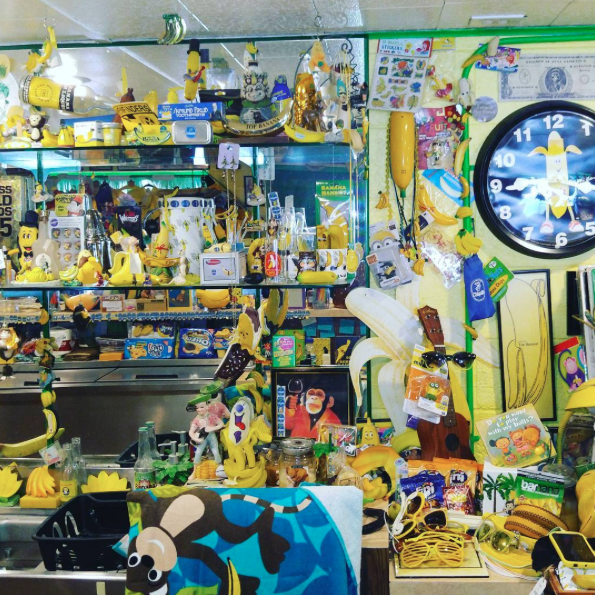
Photo courtesy of @1toyojo on Instagram
Don’t worry, you don’t actually have to be a member of the Banana Club to go to the museum. However you can become a member, and join the 37,000 other world-wide members, for a $15 fee (so worth it).
The museum itself contains over 17,000 banana-related items, setting the Guiness world record for “most items devoted to any one fruit in the world” in 2005. Some of the coolest artifacts they contain include a banana lamp, banana couch, and banana flavored condoms.
14. Jell-O Gallery Museum (Le Roy, New York)
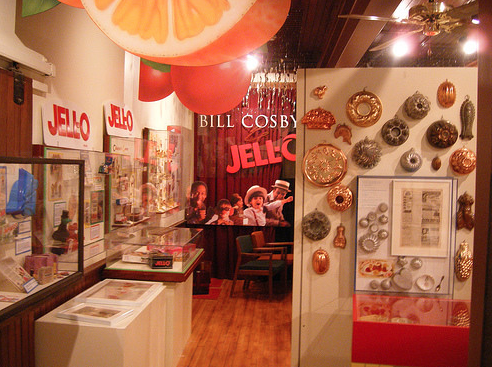
Photo courtesy of atlasobscura.com
I don’t know about you, but I’ve always wondered how Jell-O came about and just what makes it so jiggly. At the Jell-O Gallery Museum in New York you’ll find the answer to your curiosities and learn the rest of the history of this gelatin dessert.
You’ll also find galleries of Jell-O artifacts, advertising campaigns, and a whole room devoted to Bill Cosby, Jell-O’s most well-known spokesperson. Although he’s only visited the museum once, I’m sure Bill Cosby would highly recommend a tour through this quaint little museum of wiggly Jell-O.
15. Dutch Cheese Museum (Alkmaar, Netherlands)
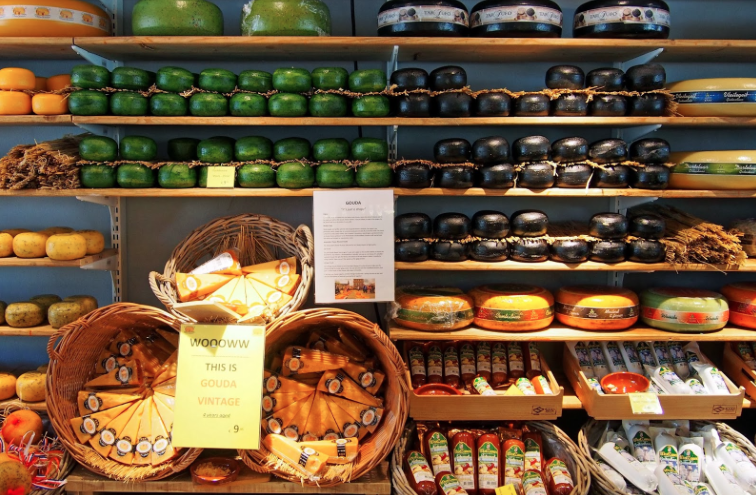
Photo courtesy of airlinemilesexperts.com
It’s only right that there’s a museum for probably the best food ever invented. At the Dutch Cheese Museum, they highlight all types of cheese, especially Gouda and Edammer, or Edam, as these are the two most famous cheeses of the Netherlands.
At the museum you’ll learn how cheese is made and see various artifacts, including paintings and a cheese press from 1877. Apparently, it was custom to give newlyweds a cheese press as a wedding gift during this time (I would definitely appreciate that).


